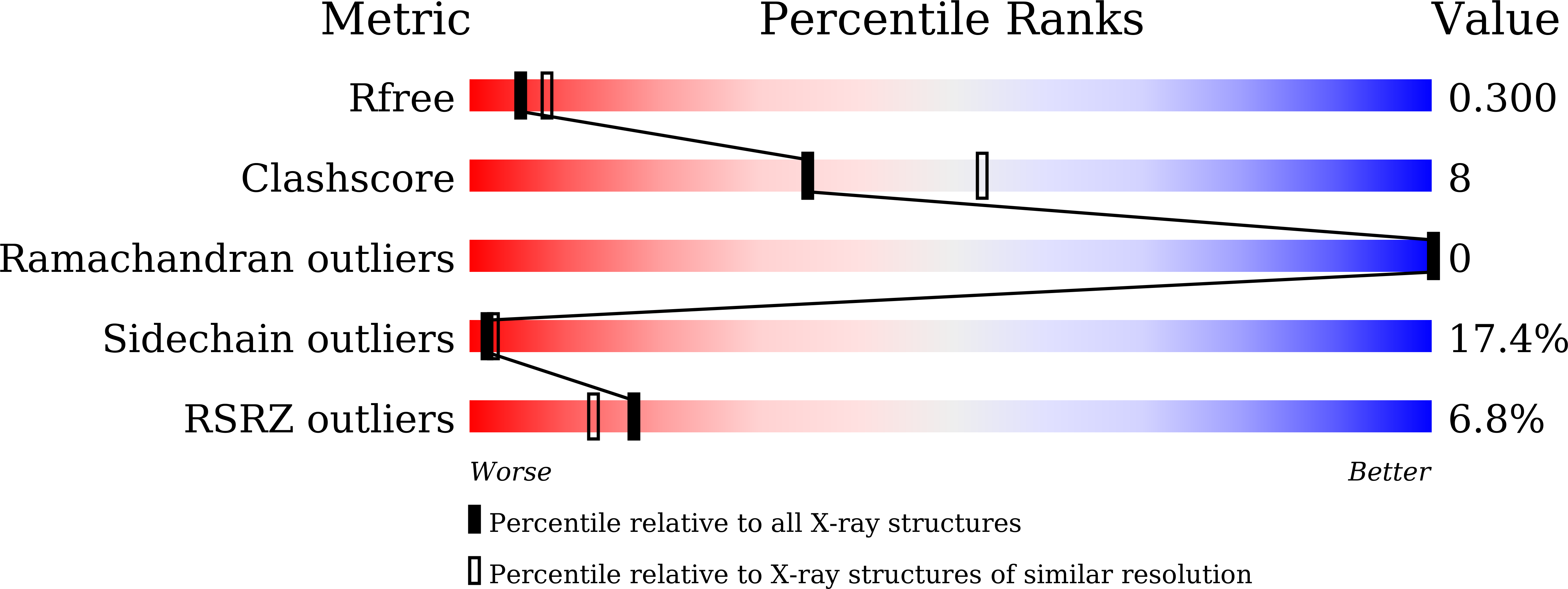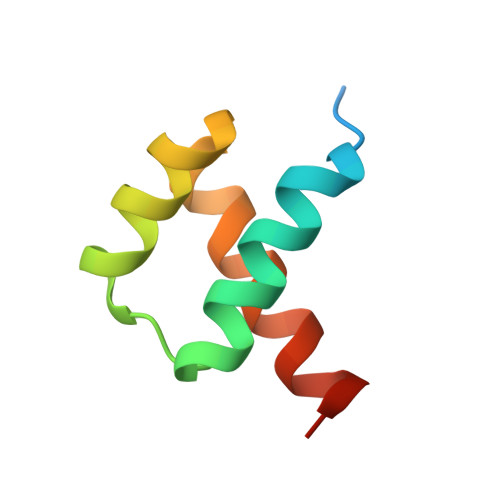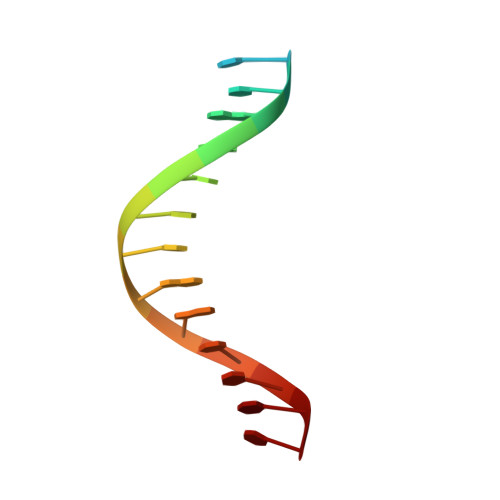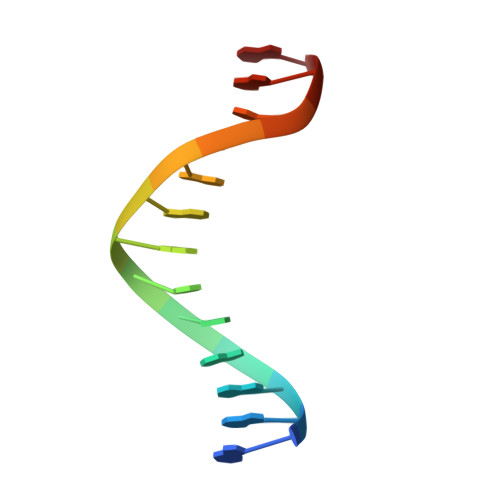Structural basis of DUX4/IGH-driven transactivation.
Dong, X., Zhang, W., Wu, H., Huang, J., Zhang, M., Wang, P., Zhang, H., Chen, Z., Chen, S.J., Meng, G.(2018) Leukemia 32: 1466-1476
- PubMed: 29572508
- DOI: https://doi.org/10.1038/s41375-018-0093-1
- Primary Citation of Related Structures:
5Z2S, 5Z2T - PubMed Abstract:
Oncogenic fusions are major drivers in leukemogenesis and may serve as potent targets for treatment. DUX4/IGHs have been shown to trigger the abnormal expression of ERG alt through binding to DUX4-Responsive-Element (DRE), which leads to B-cell differentiation arrest and a full-fledged B-ALL. Here, we determined the crystal structures of Apo- and DNA DRE -bound DUX4 HD2 and revealed a clamp-like transactivation mechanism via the double homeobox domain. Biophysical characterization showed that mutations in the interacting interfaces significantly impaired the DNA binding affinity of DUX4 homeobox. These mutations, when introduced into DUX4/IGH, abrogated its transactivation activity in Reh cells. More importantly, the structure-based mutants significantly impaired the inhibitory effects of DUX4/IGH upon B-cell differentiation in mouse progenitor cells. All these results help to define a key DUX4/IGH-DRE recognition/step in B-ALL.
Organizational Affiliation:
State Key Laboratory of Medical Genomics, Shanghai Institute of Hematology, Rui-Jin Hospital, Shanghai JiaoTong University School of Medicine and School of Life Sciences and Biotechnology, Shanghai JiaoTong University, 197 Ruijin Er Road, Shanghai, 200025, China.
















